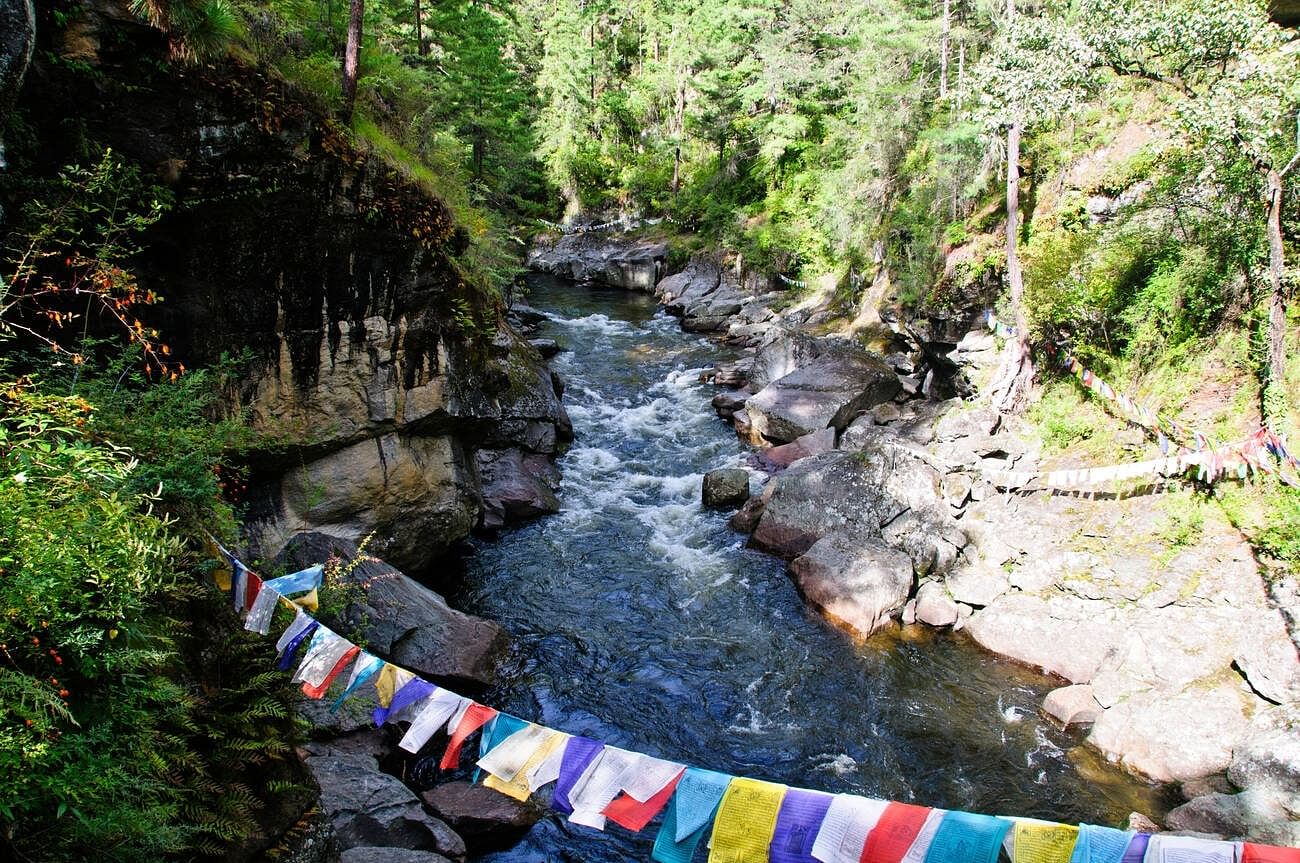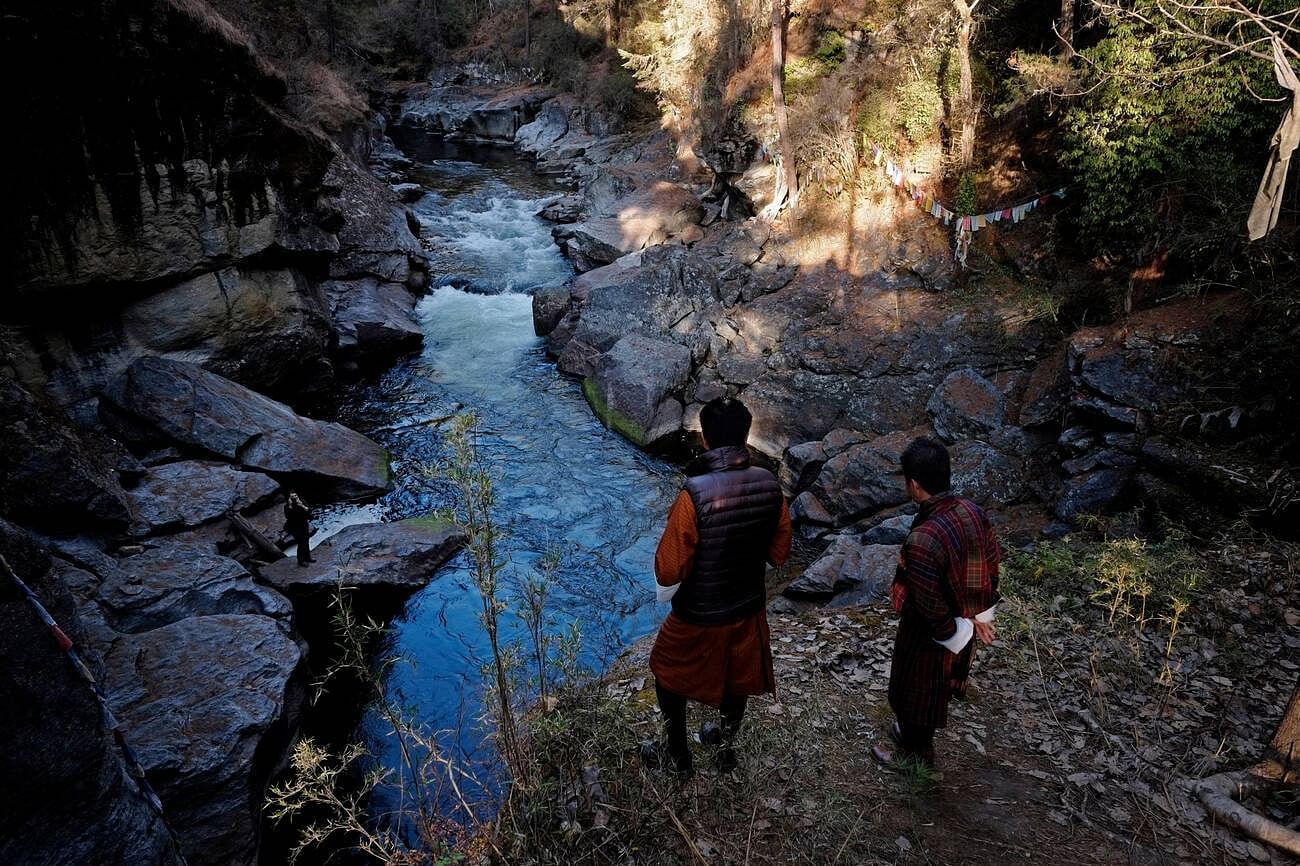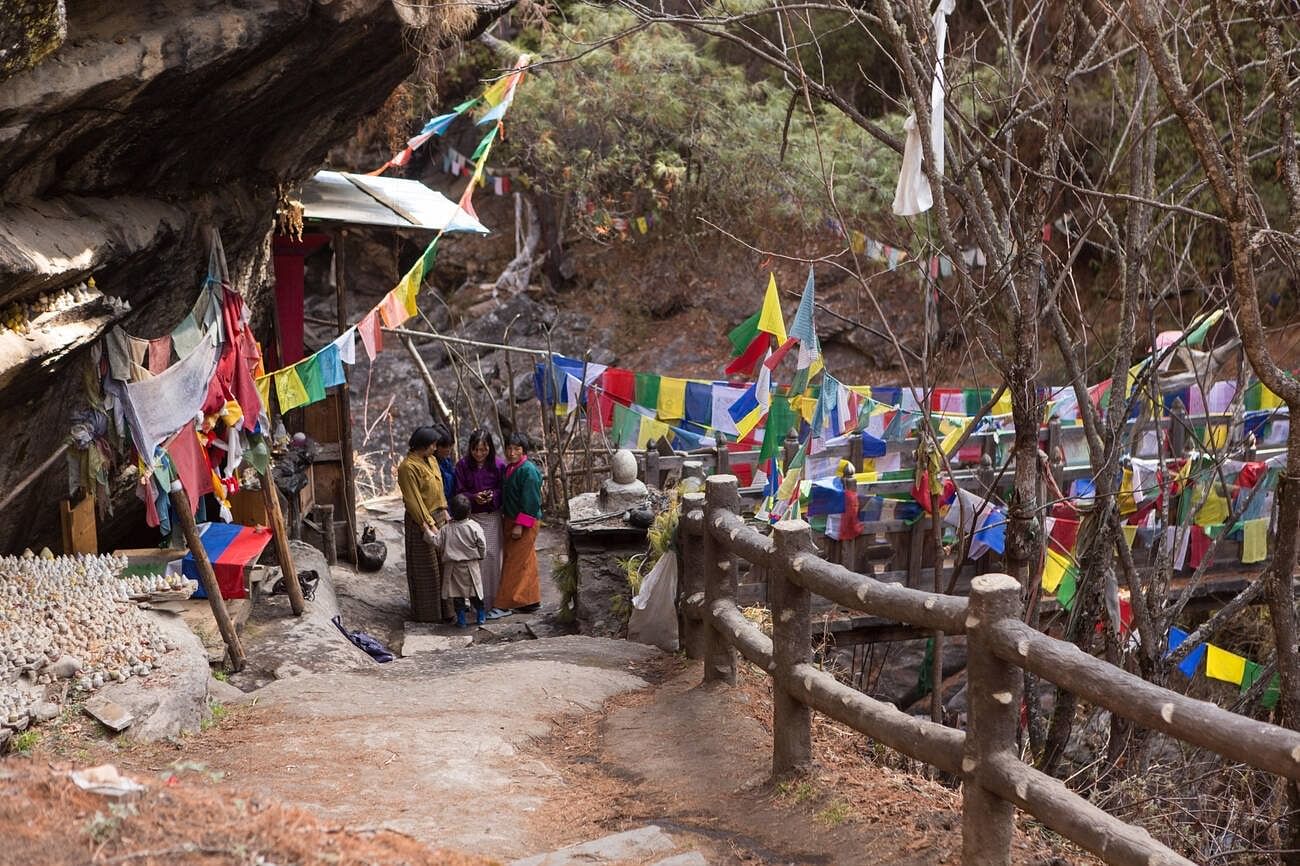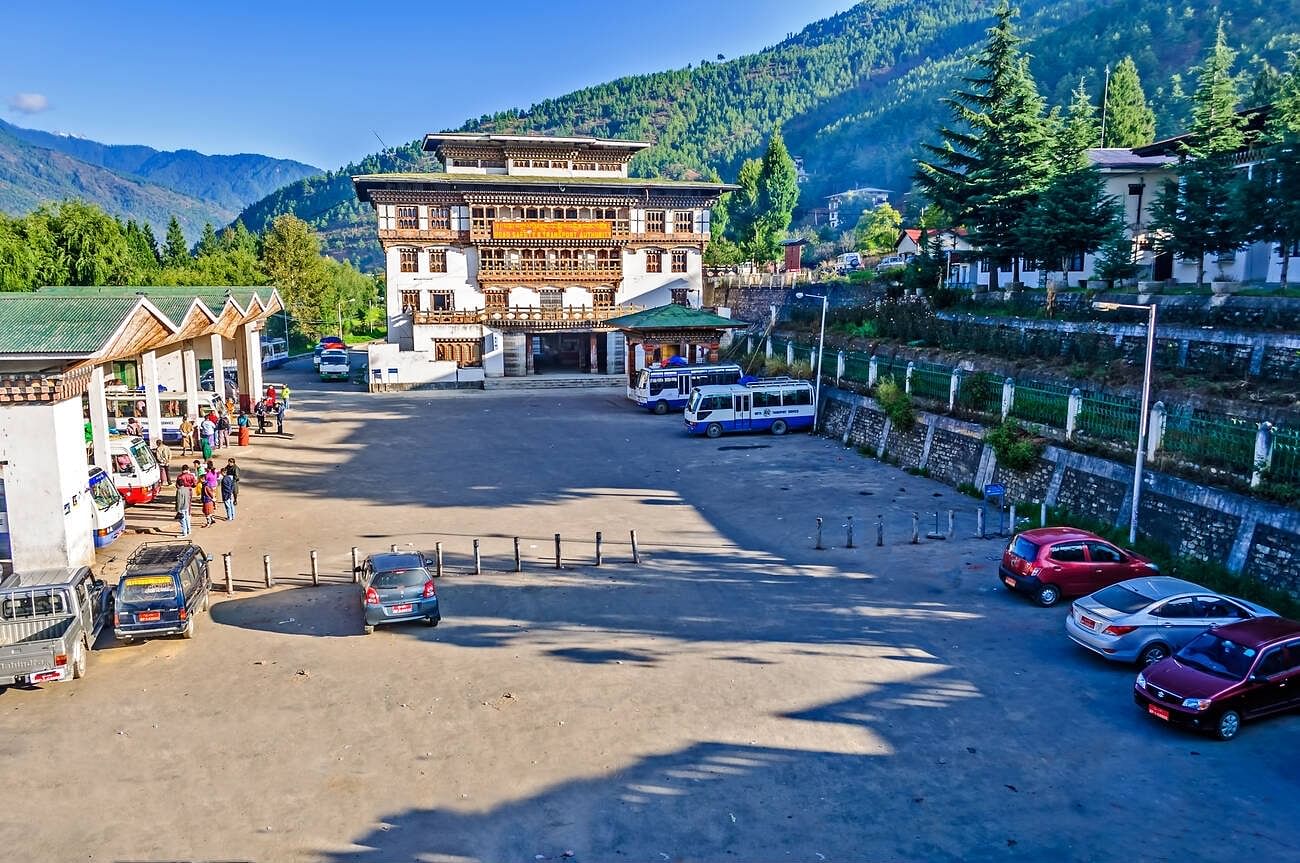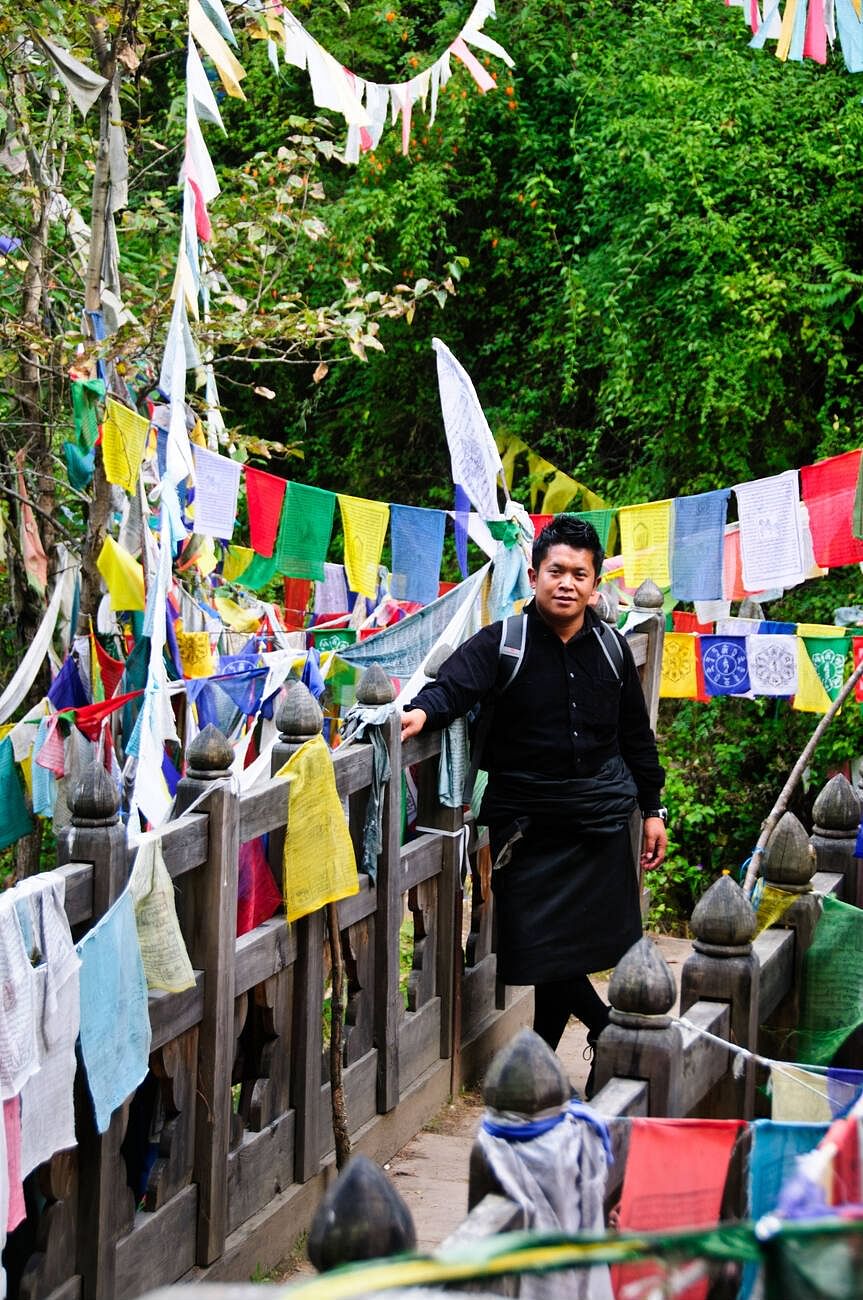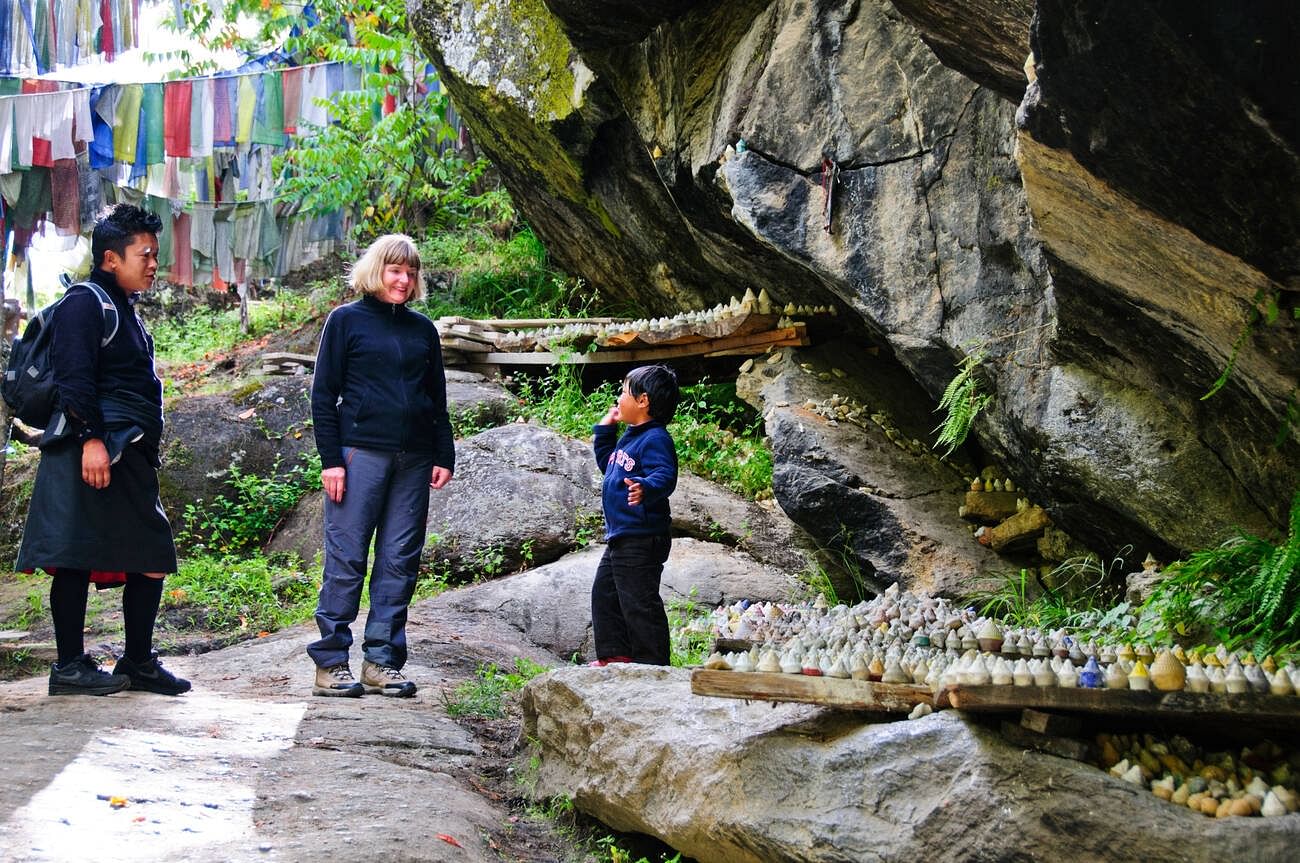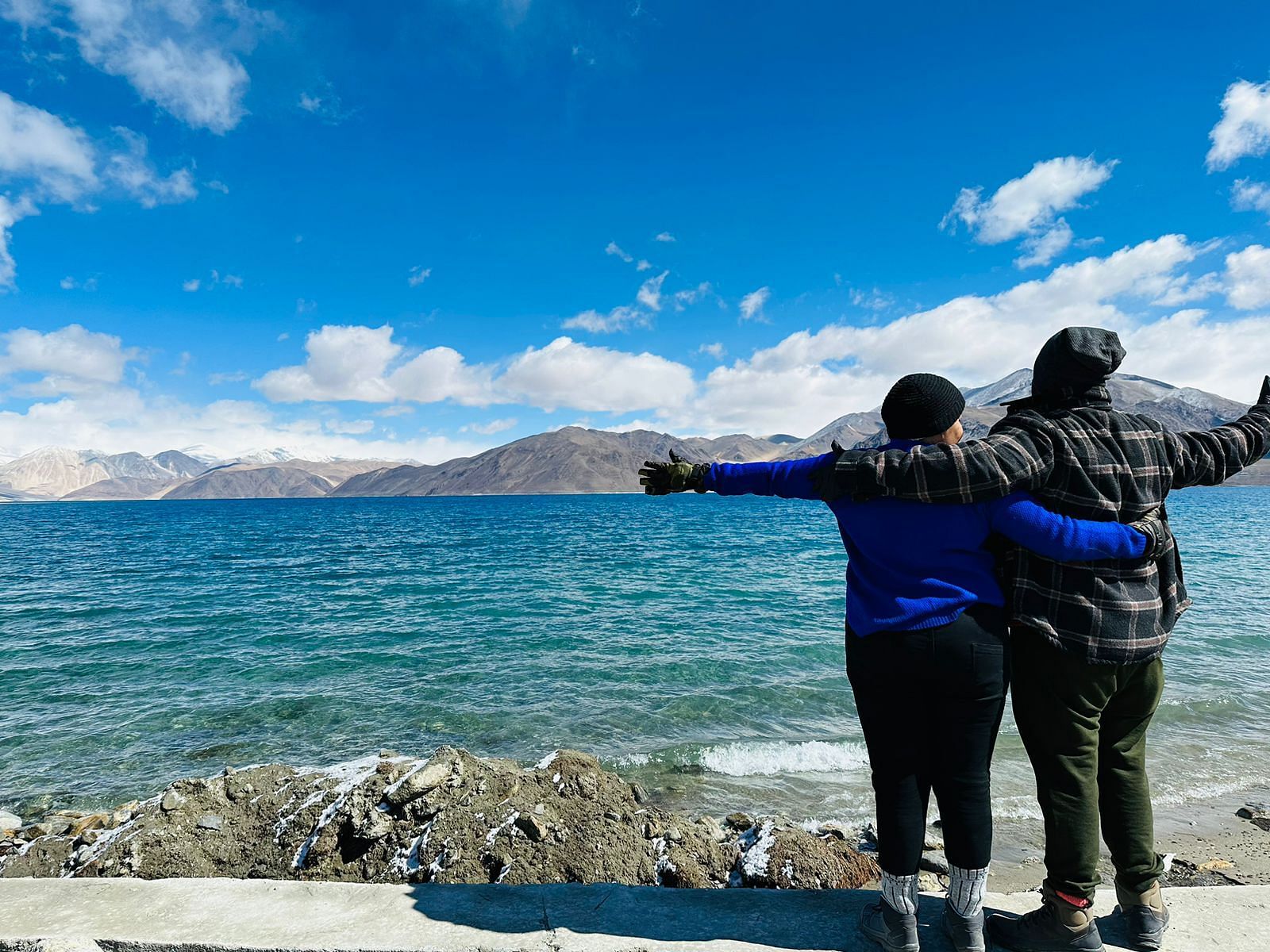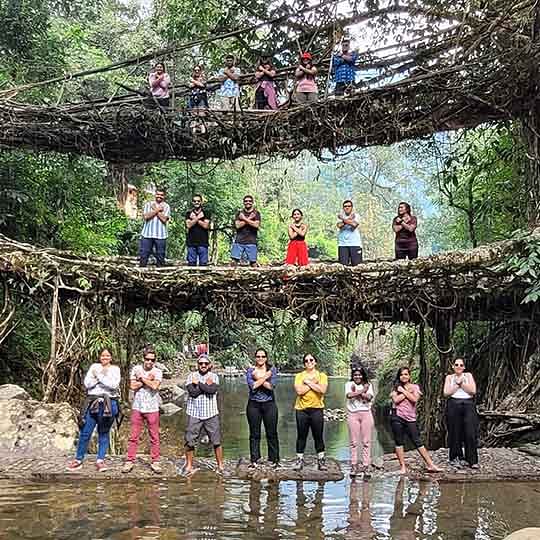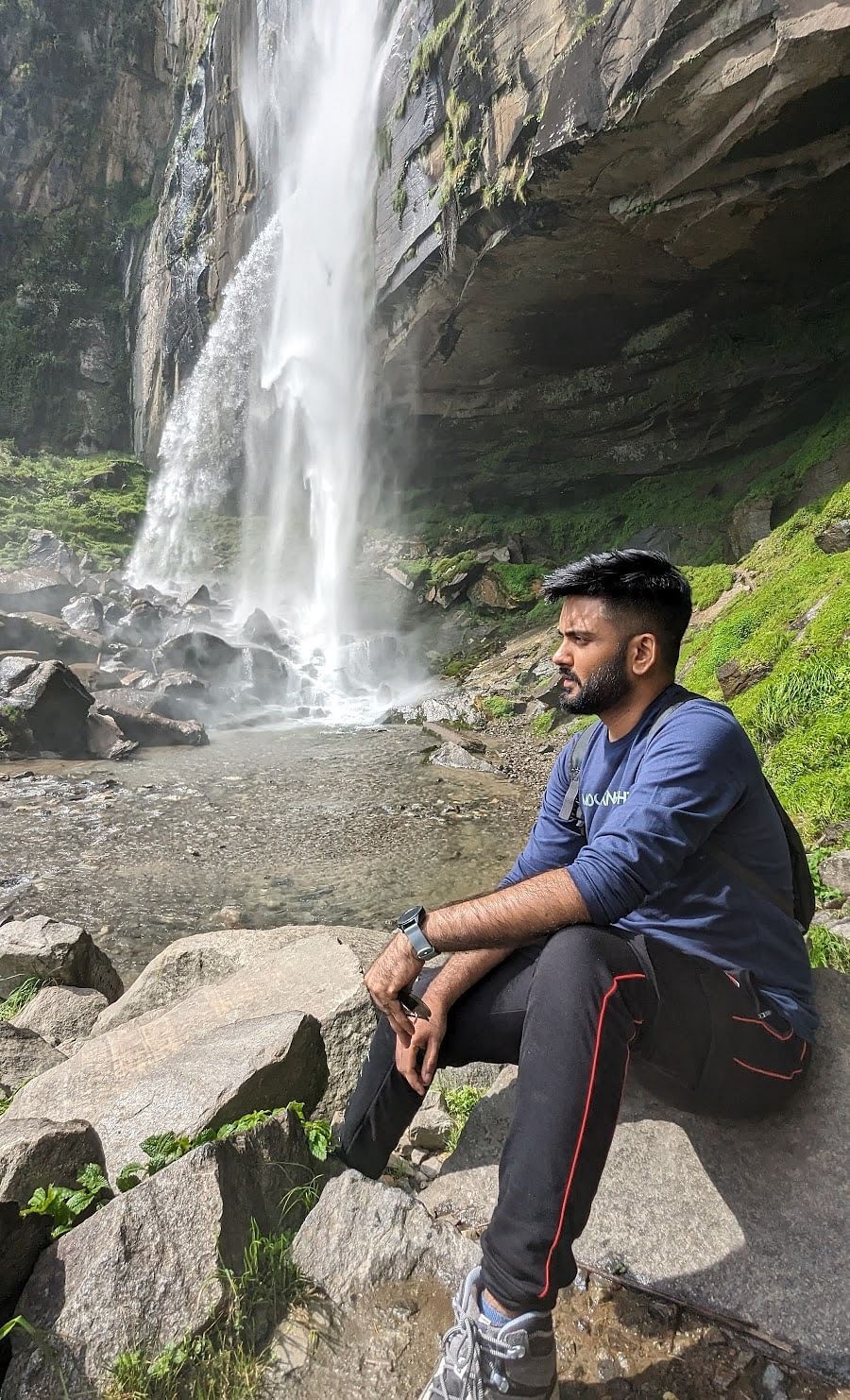The first time you hear of Burning Lake in Bhutan, you might be thinking if there is indeed fire over water. Well, no! But what lies behind this sacred place is much more interesting than that.
Imagine this: hundreds of years ago, a Buddhist master by the name of Pema Lingpa needed to prove he was genuine. What did he do? He took a burning lamp and jumped headfirst into this deep lake inBumthang valley. When he emerged from the water, guess what? The lamp was still burning! Wild, huh? That's how this site earned its name "Mebar Tsho," or "burning lake," as locals refer to it.
Today, if you go to Burning Lake in Bhutan, you'll find a serene area amidst green hills. Locals think that the water is auspicious, so pilgrims frequently pour butter lamps into the pool.
Wanna visit this magical destination yourself? We've structured OurBhutan Tour Packages so that you can visit Burning Lake as well as other amazing places that'll leave you awestruck.
What is the story of Burning Lake?
Many people wonder, "What is the story of Burning Lake?" The story of this lake comes from the 15th century. A great Buddhist saint named Terton Pema Lingpa is believed to have found sacred treasures in the lake. He was a famous treasure revealer and an important figure in Bhutanese Buddhism.
People say that Pema Lingpa had a vision that there were hidden spiritual treasures underwater in the lake. The king and the local people did not believe him. To prove the truth, Pema Lingpa jumped into the lake with a burning butter lamp in his hand. He said, “If I am telling the truth, I will return with the treasure and the lamp still burning.”
After some time, he came out of the lake holding a statue, sacred texts, and the butter lamp, still burning. From that day, this place became known as Burning Lake, or Mebar Tsho Bhutan, which means "Burning Lake" in Dzongkha, the Bhutanese language.
Suggested read: Hill stations in Bhutan
Why is Burning Lake special?
Burning Lake is not a large lake, but its importance is huge. It is more like a deep pool formed in the Tang Chhu river, surrounded by high rocky cliffs. The peaceful sound of flowing water, the fresh air, and the beauty of the surroundings make it a great place for calm and reflection.
For Bhutanese people, this lake is a place of prayer and respect. You can often see butter lamps and prayer flags placed by visitors around the lake. Many come here to light a lamp, say a prayer, or just sit quietly and think.
Burning Lake in Tang Bumthang Bhutan
Burning Lake in Tang Bumthang Bhutan, is about 30 minutes by car from Jakar town, the main area in Bumthang. The road to the lake is peaceful and full of green trees, hills, and village life. Along the way, you can also enjoy views of traditional Bhutanese houses and small farms.
Though the road is not very wide, the drive is worth it. Once you reach the lake, you will feel the calm and power of the place. Whether you believe in the legend or not, it is easy to feel something special in the air.
How To Reach The Burning Lake
If you are wondering How To Reach The Burning Lake, it is quite simple.
1. Reach Paro:
Land at Paro International Airport, Bhutan’s only international gateway, with flights from India, Nepal, Thailand, and Singapore.
2. Travel to Bumthang:
- By Air: Take a 30-minute domestic flight from Paro to Bathpalathang Airport (Bumthang).
- By Road: Drive via Thimphu and Trongsa (approx. 10–12 hours total).
3. From Jakar to Burning Lake
- Drive 30 minutes from Jakar (Bumthang’s main town) towards Tang Valley.
- Walk a short trail (5–10 mins) through the forest to reach the lake.
Tip: Best visited with a local guide; March–May and Sept–Nov are ideal months.
Suggested read: Trekking in Bhutan
Best time to visit Burning Lake Bhutan
TheBest time to visit Burning Lake Bhutan, is during the spring (March to May) and autumn (September to November). During these times, the weather is clear and pleasant, and the views are lovely. The water in the lake is calm, and the prayer flags around it move gently in the wind.
In winter, the area gets cold, and in summer, it may rain often, which can make the paths muddy. However, if you enjoy peaceful and quiet visits, any time of the year can be good as the lake never gets very crowded.
What to do at Burning Lake
There is no big temple or building near the lake. Instead, the place itself is the holy site. You can light a butter lamp and place it near the water. You can sit quietly, listen to the river, and think about the story of Pema Lingpa. Many people also bring food and enjoy a small picnic nearby while still respecting the spiritual nature of the site.
Photography is allowed, but it is good to be quiet and mindful. The place is more for peace and thought than for loud tourist activity.
Respect the sacred
Remember that Burning Lake is a holy place for many Bhutanese people. When you visit, it is important to dress modestly and behave with respect. Avoid shouting, littering, or doing anything that could disturb the peace.
Bhutan takes care of its natural and spiritual places very seriously. So, as a visitor, it is your duty to follow these values too.
A Place Beyond Words
Many visitors say that Burning Lake is not just a place to see, but a place to feel. Its story, natural beauty, and spiritual power come together in a way that is hard to explain in words.
Whether you are deeply spiritual, interested in Bhutanese culture, or just someone looking for a peaceful and meaningful place, Burning Lake in Bhutan offers something special.
Suggested Read: Solo Trip to Bhutan
Conclusion
In a world full of fast travel and busy sights, Burning Lake stands as a quiet and sacred stop. Its small size holds a big legend. Its quiet water carries great meaning. The story of Pema Lingpa, the burning lamp, and the hidden treasure continues to inspire people, even after many centuries.
If you visit Bhutan, take the time to visit Mebar Tsho Bhutan, the Burning Lake in Tang Bumthang Bhutan. It may just become the most memorable part of your journey.




